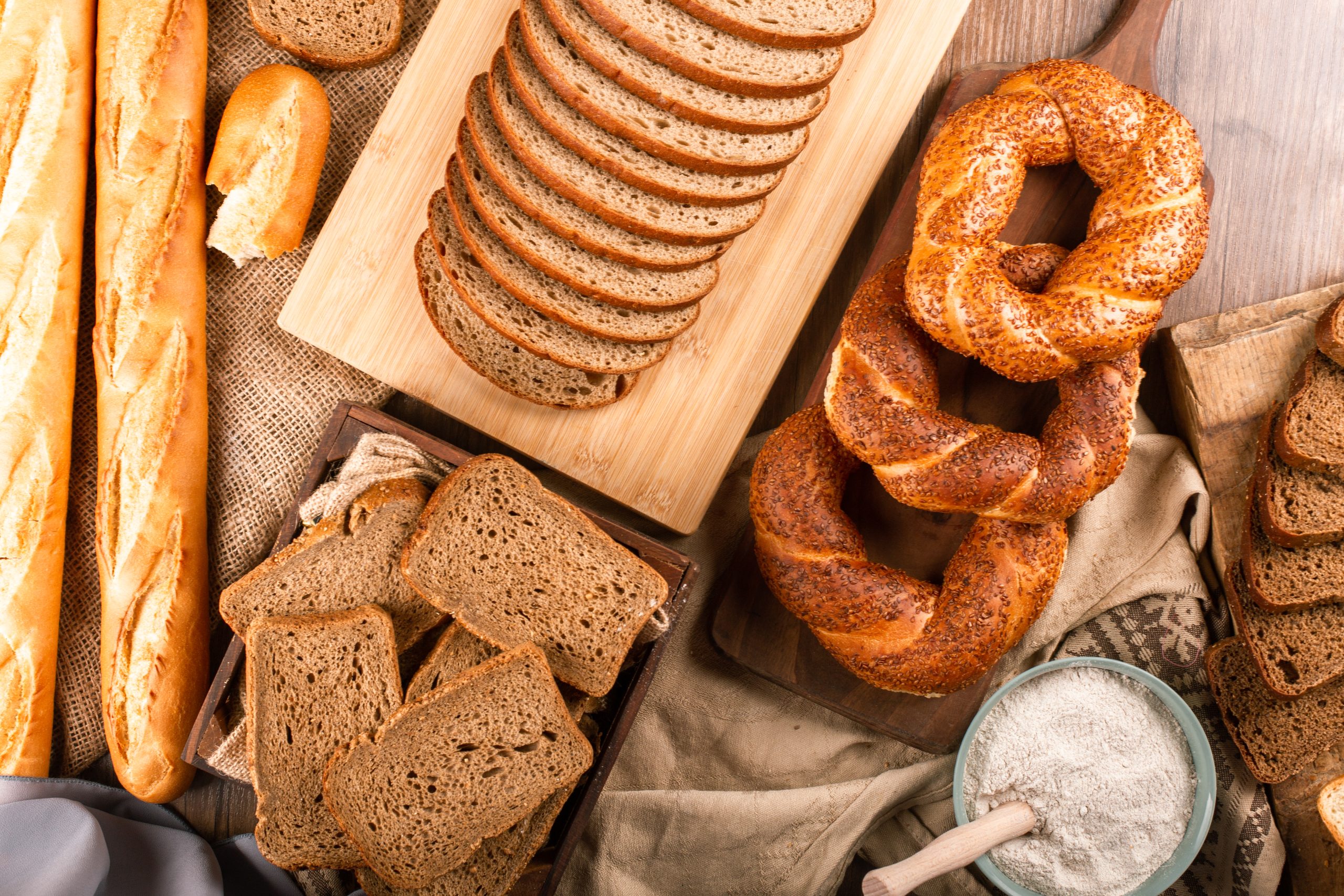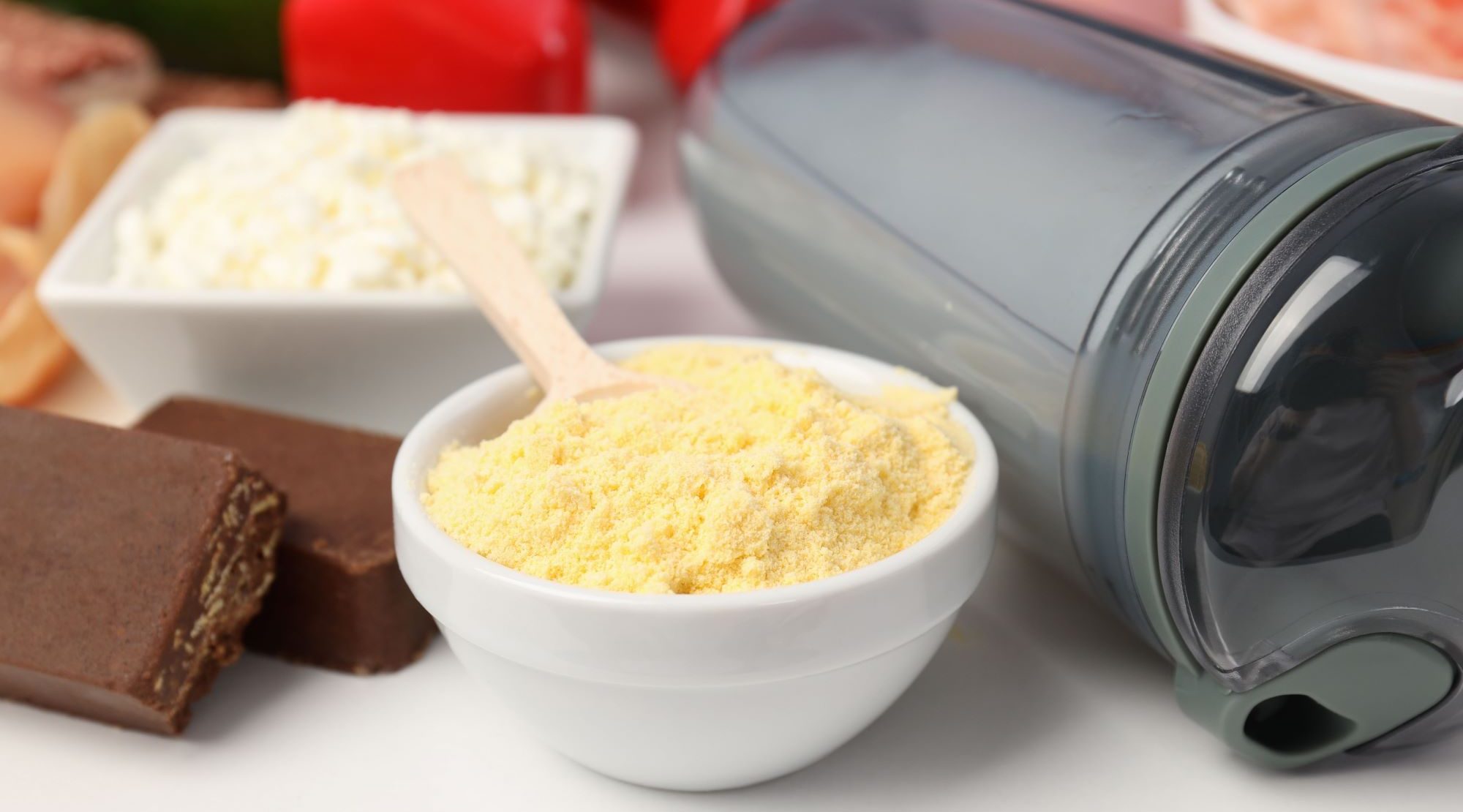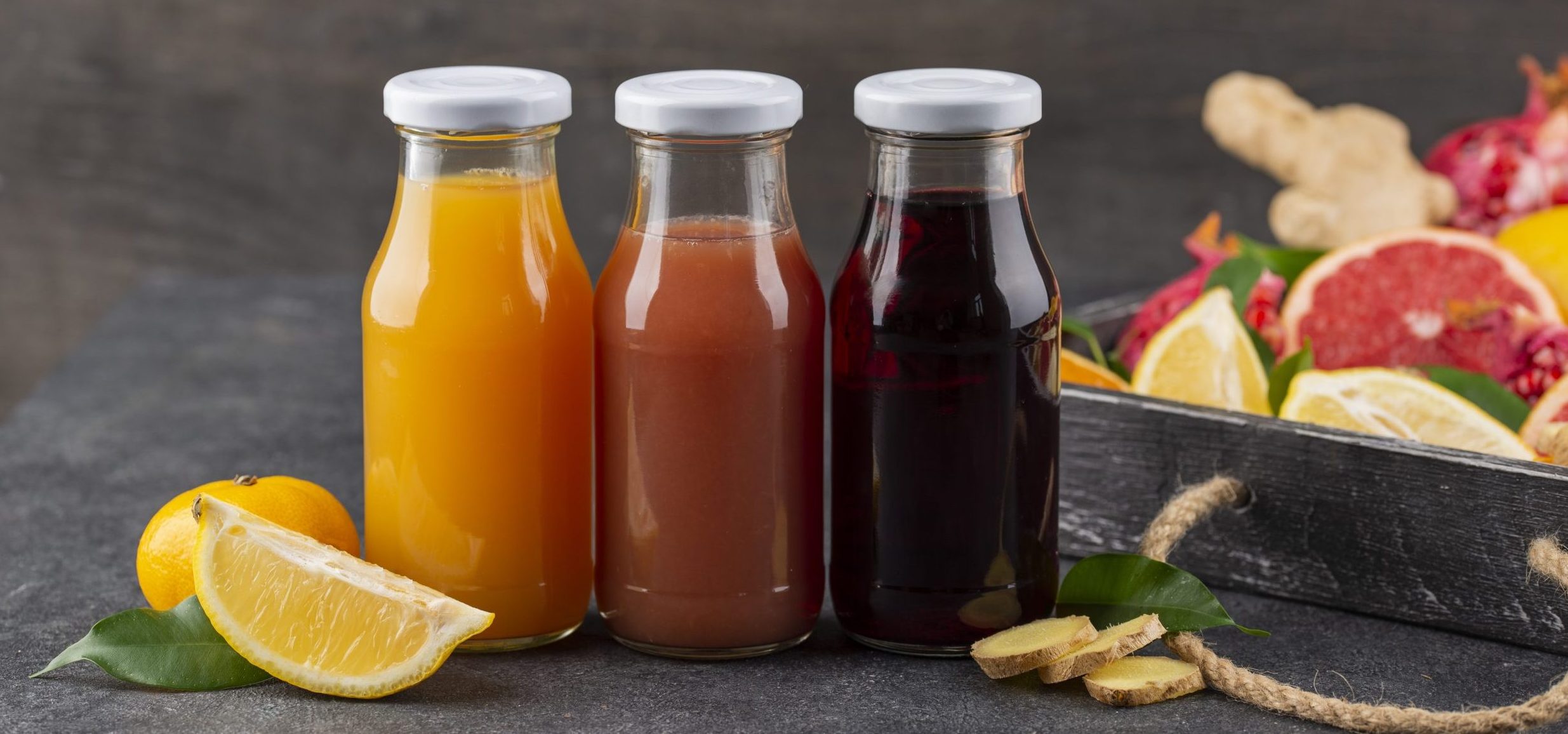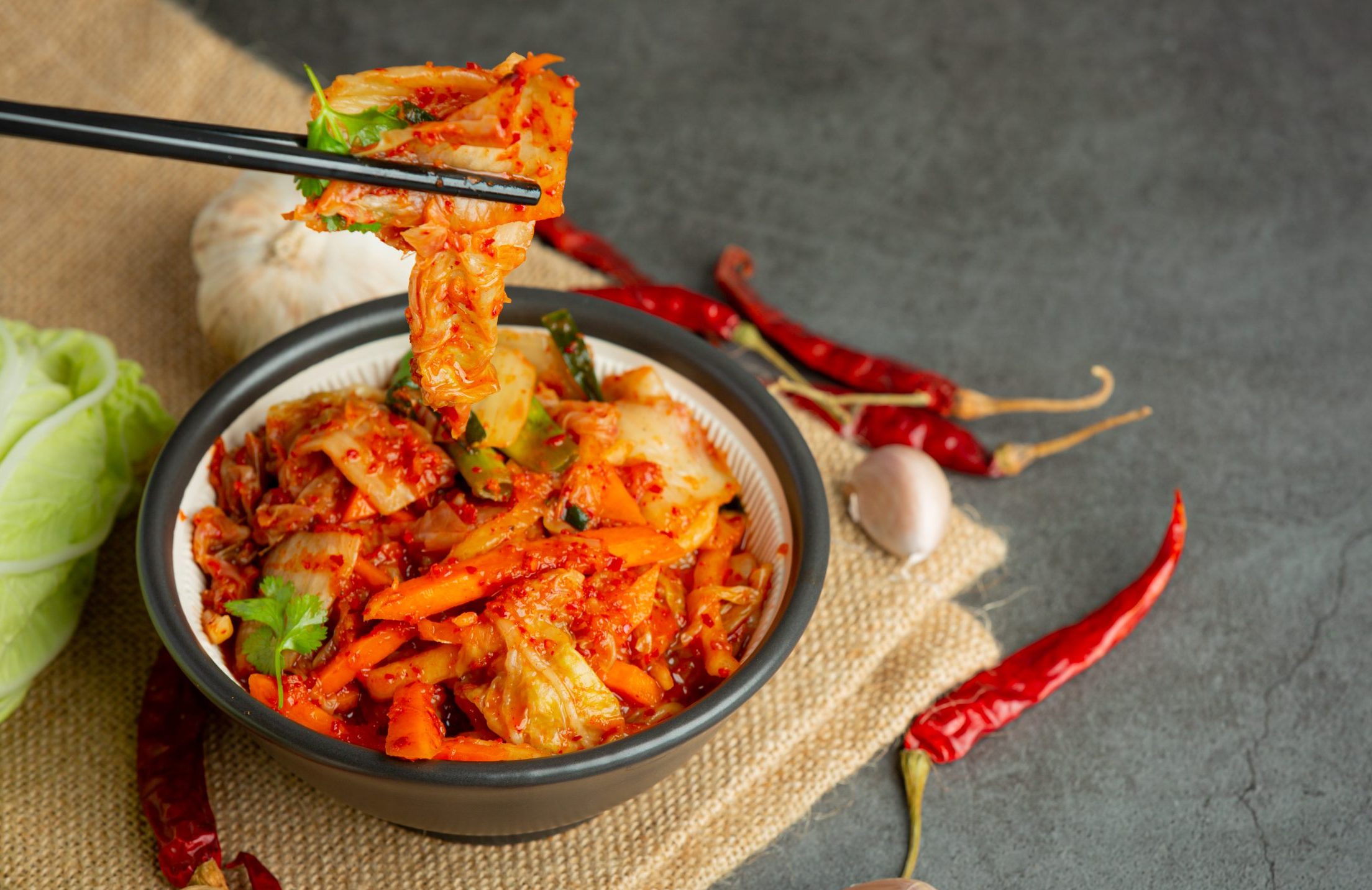In the face of a global pandemic, there was an increase in pet ownership as individuals sheltered-in-place. Humanization of pets has also progressed beyond trend and have strengthened during the pandemic; hence encourages greater spending on pet products and accessories. The global pet care market is estimated to reach US$255.4 billion by 2027 with a CAGR of 5.2% between 2020-20271.
Demand for pet food and nutrition is also being driven by a growing number of pet owners opting for premium products for their fur babies. According to Research and Markets, pet food is considered as premium product segment and pet owners are willing to spend more on pet food and products that help support specific dietary needs, including gut health, healthy weight, and healthy aging for their pets14. Premium pet food sales such as high-quality protein-based meals to feed additives and oils that promote animal health and nutrition have continued to skyrocket9.
Wellness Sells
Today’s pet food is innovated and formulated towards natural, plant-based, functional, and sustainable ingredients. According to Mintel’s Global New Product Database, healthy digestion claims in pet food is the highest in pet owners’ priority interest lists (58%), followed by mobility support claim (52%), skin and coat health (49%), immune system support (46%) and cardiovascular health products (40%)15.

In comes beneficial bacteria, or probiotics and prebiotics (called synbiotics) into the pets’ meals, which build microflora and balance the gut microbiome is one of the methods to improve their immune system and gastrointestinal (GI) function11.
| Prebiotics | Synbiotics | Probiotics |
| Food for bacteria | Combination of a probiotic and a prebiotic | Live bacteria |
| Serve as food for intestinal bacteria and produce energy for intestinal cells | Available as supplements | Used to help adjust intestinal bacterial population |
| Plant fibers that can be easily added to pet foods or given as supplements | Not added to foods | Difficult to add to foods |
| Available as supplements |
Most of the probiotics studied in pet health belong to the genera of Lactobacillus, Bifidobacterium, and Enterococcus16. Prebiotic most frequently are classified as dietary fibre and they act as a food source for the probiotic bacteria to feed on and support the growth of beneficial bacteria. Healthy digestive system and balanced microbiome can benefit the pet in terms of optimizing digestion & nutrient absorption, improving immune health, supporting vitamins production, promoting healthy skin & coat, and enhancing vitality & energy1. Research continually reveals that imbalances of gut microbe-derived metabolites can affect cardiovascular health and the development of disease6. Nonetheless, specific nutrients can play a key role in supporting health and wellness concerns in pets, for example magnesium for normal cardiac function, omega-3 fatty acids act as an anti-inflammatory agent, antioxidants to mitigate oxidative stress and amino acids to support heart health13.
Chia, the Essential Little Seed
Chia seeds have gained popularity as an excellent source of omega-3 fatty acid (α-linolenic acid), dietary fibre, and proteins in addition to other important nutritional compounds, such as vitamins, natural antioxidants, and minerals including iron, magnesium, potassium, zinc, phosphorus, and calcium7,12. Despite their tiny size, chia seeds have huge wholesome potential whereby chia seed oil can be obtained through natural cold-press, cold solvent or by supercritical CO2 extraction of the chia seed3; meanwhile, chia protein and chia fibre powder can be derived from the defatted portion of the seed. Chia seed oil is unique since it has high contents of polyunsaturated fatty acids (PUFA), mainly α-linolenic acid (ALA), the richest natural source of essential omega-3 fatty acids8. ALA has been proven to be a potent neuroprotective agent in animals2 and it’s necessary for prevention of cardiovascular diseases, hypertension, and inflammatory diseases10. Being considered as one of the richest botanical sources of omega-3 fatty acids and source of dietary fibre and protein, chia seed has been utilized in functional food and in the feed industry as well, at the same time, opening new alleys toward functional forage systems. To date, chia dietary use in animal nutrition has been tested on monogastric (rabbits, pigs, broilers, hens, and quails), ruminants, fishes and on edible insects5.
Prospects for Animal Nutrition
As pet owners become more health conscious, the feeding of high quality and nutritious food to their fur babies has been a growing practice. This can make it challenging for pet food manufacturers to prove the integrity of their health and well-being positioning. At DPO, we are honoured to be in partnership with Benexia to bring you a range of ingredient choices that will elevate the quality of your animal nutrition products.
References
1Bernal, D. (2021). The Importance of Digestive Health for Dogs and Cats. Wellness Pet Company, Inc.
2Blondeau, N., Lipsky, R.H., Bourourou, M., Duncan, M.W., Gorelick, P.B. & Marini, A.M. (2015). Alpha- Linolenic Acid: An Omega-3 Fatty Acid with Neuroprotective Properties—Ready for Use in the Stroke Clinic? BioMed Research International, 2015, 519830. https://doi.org/10.1155/2015/519830
3Fernandes, S.S., Tonato, D., Mazutti, M.A., de Abreu, B.R., Cabrera, D. d. C., D’Oca, C. D. R. M., Prentice-Hernandez, C. & Salas-Mellado, M.d.l.M. (2019). Yield and Quality of Chia Oil Extracted via Different Methods. Journal of Food Engineering, 262, 200-208. https://doi.org/10.1016/j.jfoodeng.2019.06.019
4Global Industry Analysts, Inc. (2022). Pet Care. World Market Report.
5Jamshidi, A.M., Amato, M., Ahmadi, A., Bochicchio, R. & Rossi, R. (2019). Chia (Salvia hispanica L.) as a Novel Forage and Feed Source: A Review. Italian Journal of Agronomy, 14, 1297. https://doi.org/10.4081/ija.2019.1297
6Kamo, T., Akazawa, H., Suzuki, J. & Komuro, I. (2017). Novel Concept of a Heart-Gut Axis in the Pathophysiology of Heart Failure. Korean Circulation Journal, 47(5), 663-669. https://doi.org/10.4070/kcj.2017.0028
7Klemm, S. (2021). What are Chia Seeds. Academy of Nutrition and Dietetics.
8Kulczynski, B., Kobus-Cisowska, J., Taczanowski, M., Kmiecik, D. & Gramza-Michalowska, A. (2019). The Chemical Composition and Nutritional Value of Chia Seeds—Current State of Knowledge. Nutrients, 11, 1242. https://doi.org/10.3390/nu11061242
9Luong, A. & Sickler, P. (2021). The Rise of Pet Humanization. Consumer Discretionary. Binghamton Investment Fund.
10Marineli, R.d.S., Moraes, E.A., Lenquiste, S.A., Godoy, A.T., Eberlin, M.N. & Jr. Marostica, M.R. (2014). Chemical Characterization and Antioxidant Potential of Chilean Chia Seeds and Oil (Salvia hispanica L.). LWT-Food Science and Technology. 59, 1304-1310. https://doi.org/10.1016/j.lwt.2014.04.014
11Markowiak-Kopeć, P., & Śliżewska, K. (2020). The effect of probiotics on the production of short-chain fatty acids by human intestinal microbiome. Nutrients, 12(4), 1107. https://doi.org/10.3390/nu12041107
12Muñoz, L. A., Cobos, A., Diaz, O., & Aguilera, J. M. (2013). Chia seed (salvia hispanica): An ancient grain and a new functional food. Food Reviews International, 29(4), 394–408. https://doi.org/10.1080/87559129.2013.818014
13PURINA Institute. (n.d.). Nutrition and Heart Health.
14Research and Markets. (2022). Europe Pet Food Market Overview 2022-2027. Industry Report.
15Tyler, J. (2021). Pet owner interest in functional formulas here to stay, with digestive health topping the list. Pet Food Processing.
16Wernimont, S. M., Radosevich, J., Jackson, M. I., Ephraim, E., Badri, D. V., MacLeay, J. M., Jewell, D. E., & Suchodolski, J. S. (2020). The effects of nutrition on the gastrointestinal microbiome of cats and dogs: Impact on health and disease. Frontiers in Microbiology, 11, 1266. https://doi.org/10.3389/fmicb.2020.01266
17Worthinger, A. (2019). Prebiotics and Probiotics for Dogs and Cats. Today’s Veterinary Nurse.







